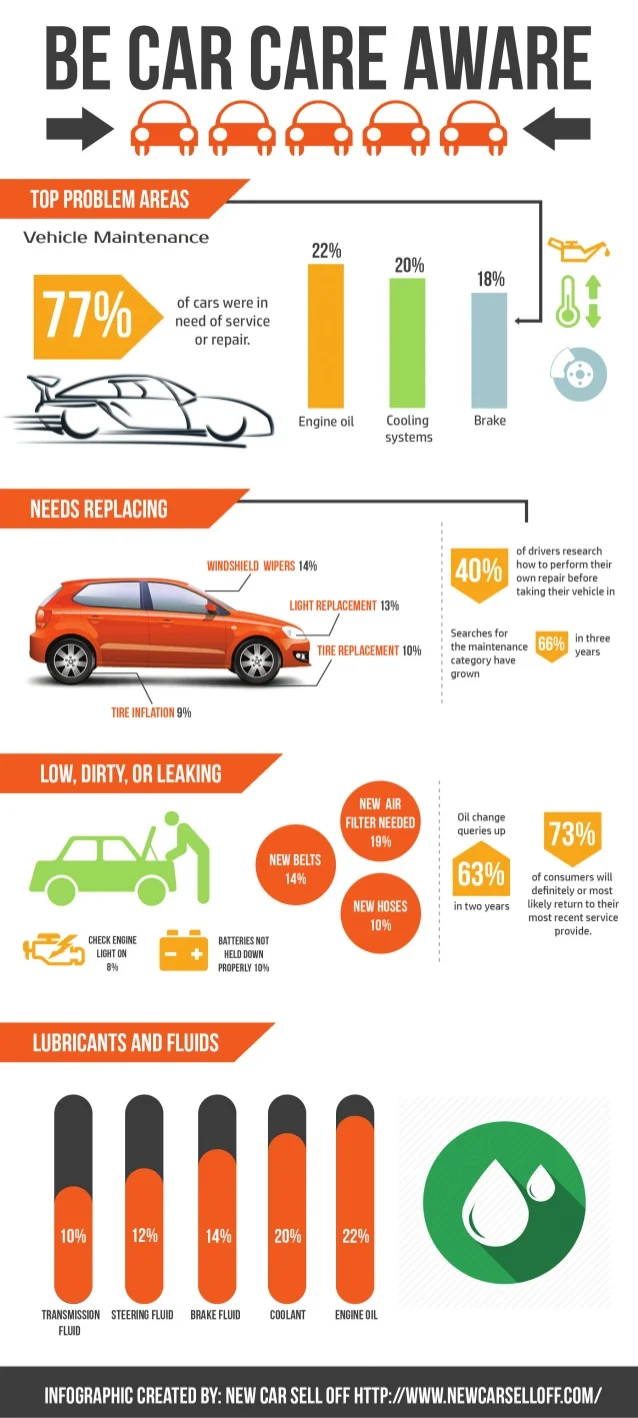Understanding The Definition Behind Your Car'S Warning Lighting: An In-Depth Appearance
Understanding The Definition Behind Your Car'S Warning Lighting: An In-Depth Appearance
Blog Article
Produced By-Faulkner Torres
When you lag the wheel, those beautiful warning lights on your dashboard can be a bit puzzling. Do you recognize what they're trying to inform you about your vehicle's health and wellness? Comprehending the value of these lights is important for your safety and security and the durability of your vehicle. So, the next time among those lights pops up, would not you want to understand its message precisely and take the essential steps to resolve it?
Common Caution Lighting and Interpretations
Recognize common caution lights in your automobile and understand their significances to ensure secure driving.
One of the most common warning lights include the check engine light, which indicates problems with the engine or emissions system. If this light begins, it's essential to have your vehicle checked immediately.
The oil pressure advising light suggests low oil stress, needing immediate interest to prevent engine damages.
A blinking battery light may recommend a faulty charging system, possibly leaving you stranded otherwise resolved.
The tire stress monitoring system (TPMS) light signals you to reduced tire stress, impacting lorry security and gas performance. Disregarding this can cause hazardous driving problems.
The ABS light shows an issue with the anti-lock braking system, jeopardizing your capacity to quit rapidly in emergency situations.
Finally, the coolant temperature advising light warns of engine getting too hot, which can lead to serious damages if not dealt with promptly.
Comprehending these common warning lights will assist you address concerns immediately and keep safe driving problems.
Significance of Prompt Focus
Understanding the usual warning lights in your car is just the very first step; the significance of immediately resolving these cautions can not be highlighted sufficient to ensure your security on the road.
When a caution light illuminates on your control panel, it's your car's method of connecting a potential issue that needs interest. Disregarding these warnings can result in extra extreme problems in the future, jeopardizing your safety and potentially costing you extra in repairs.
Trigger interest to advising lights can prevent malfunctions and accidents. For instance, a blinking check engine light could indicate a misfire that, if left unattended, might trigger damage to the catalytic converter. Addressing car valet botany can save you from a costly repair service.
Similarly, a brake system alerting light may signal reduced brake fluid or used brake pads, vital parts for your safety and security when driving.
Do It Yourself Troubleshooting Tips
If you observe a warning light on your dashboard, there are a few DIY troubleshooting ideas you can attempt prior to looking for expert assistance.
you could try this out is to consult your vehicle's guidebook to recognize what the specific warning light suggests. Often the concern can be as easy as a loosened gas cap causing the check engine light. Tightening up the gas cap may deal with the issue.
One more typical concern is a low battery, which can set off different cautioning lights. Checking the battery connections for deterioration and guaranteeing they're secure could fix the issue.
If a caution light lingers, you can try resetting it by separating the car's battery for a few mins and after that reconnecting it. Additionally, examining your automobile's fluid levels, such as oil, coolant, and brake liquid, can aid troubleshoot cautioning lights connected to these systems.
Conclusion
In conclusion, recognizing your vehicle's warning lights is essential for keeping your car running smoothly and securely. By quickly attending to these signals and understanding what they suggest, you can stay clear of pricey repair work and potential malfunctions.
Keep in mind to consult your car's manual for particular details on each warning light and take action as necessary to guarantee a hassle-free driving experience.
Keep notified, remain safe when driving!
